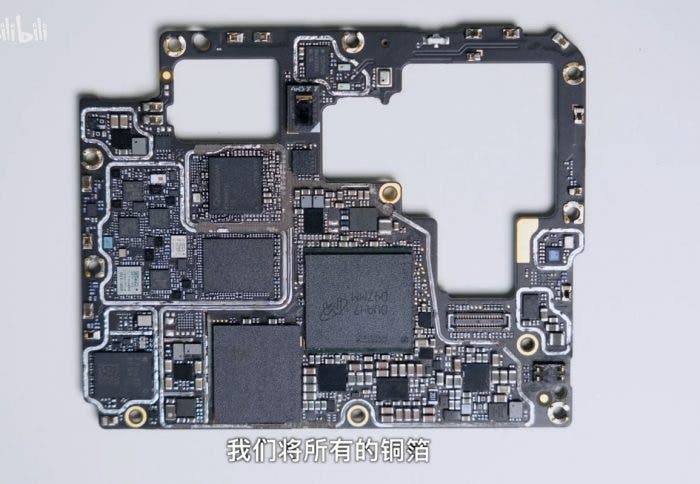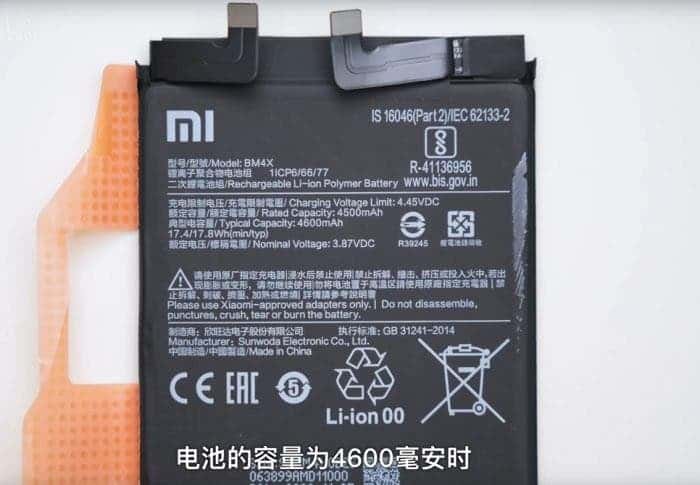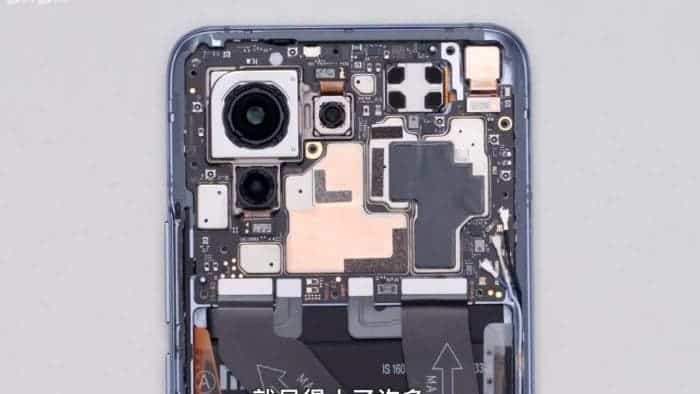Yesterday, Xiaomi officially released the Xiaomi Mi 11 in China. This is the first smartphone to come with a Snapdragon 888 SoC. Well, it didn’t take long for the first teardown of this device to appear online. Let’s take a look at what the internals of this smartphone looks like.

Like all teardowns, the unmasking of this phone involves first removing the SIM tray at the bottom of the phone near the USB-C interface. Then you can pry open all the glue of the plain leather back shell. After that, you can then remove the screws that fix the camera sensor cover. For those who have been asking, the main 108MP sensor is a Samsung ISOCELL HMX, which supports OIS function. This camera comes with a 5MP Samsung S5K5E9, and the 13MP ultra-wide-angle OmniVision’s CMOS OV13B10 module.

The main camera glass cover adopts CNC processing while the macro lens directly uses a glass cover. This gives better optical performance but increases the processing difficulty.
The components on the motherboard are all covered with the VC heat sinks. Also on this cover are copper foil, graphite, thermal oil, and aerogel all of which ensure proper heat dissipation. The Snapdragon 888 SoC and flash memory are sealed with glue. This further improves the safety of the phone when it drops especially in water.

The Xiaomi Mi 11 uses a BM4X lithium polymer battery with a capacity of 4600 mAh. The battery is produced by Xinwangda Electronics Co., Ltd.
Heat Dissipation Performance
There is also a video that shows the performance of the hit dissipation of this smartphone. When playing PlayerUnknown Battlegrounds for 30 minutes under HDR high-definition 60Hz, the maximum temperature of the front of the mobile phone is about 41℃. The maximum temperature of the rear of the mobile phone is about 40℃. When playing “The Original God”, in the highest quality, the highest temperature hit 37°C after 1 hour.
Looking at this result, it appears that the Snapdragon 888 SoC generates a lot of heat. If all the heat dissipation materials such as copper foil and metal shield are removed, the heating of this SoC can easily hit 80°C. For the Xiaomi Mi 11, we can safely say that it did a good job with the heat control. Obviously, other manufacturers have to do the same if they ever hope to use this processor.
To watch the heat dissipation test video, click HERE





